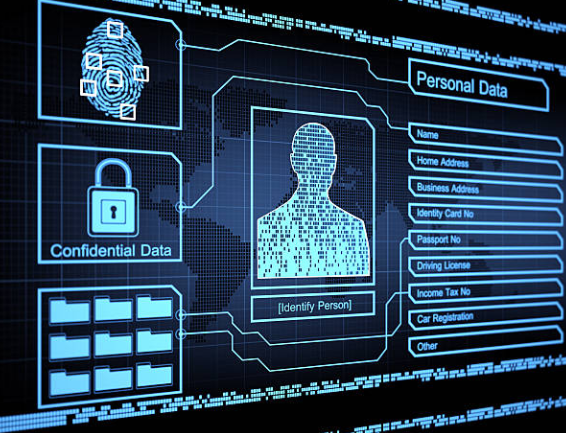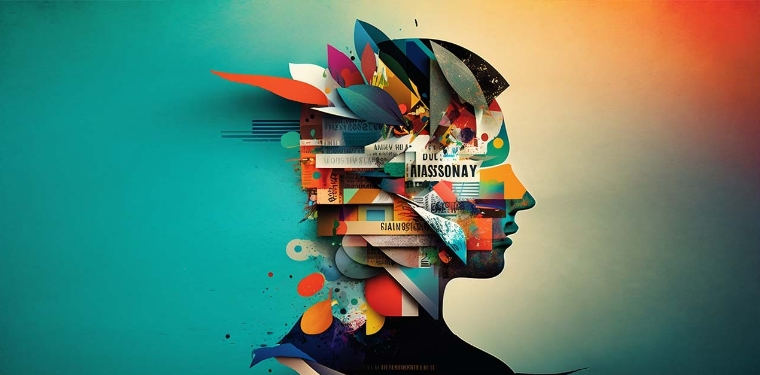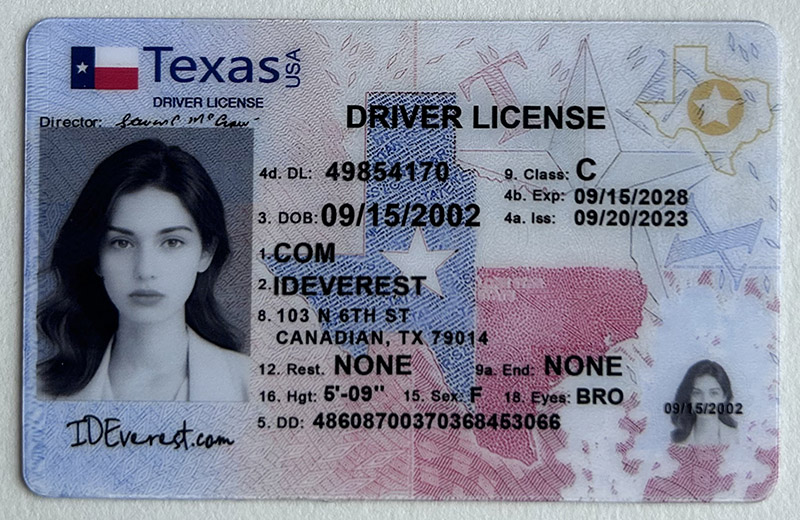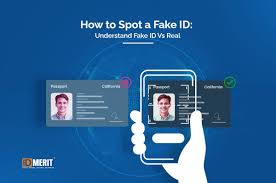The 6 Most Important Tips for Bar Bouncers to Identify Fake IDs
The 6 Most Important Tips for Bar Bouncers to Identify Fake IDs
Bar bouncers often check IDs to ensure that patrons are of legal drinking age, and distinguishing between various IDs is a key part of their job. Knowing the difference between real and fake IDs, as well as identifying the key features of various IDs, ensures compliance with the law and increases the security of the venue. Here’s an in-depth explanation of how bar staff can distinguish between legitimate IDs and detect potential fraud or counterfeiting.

1. Be familiar with local and national IDs
Bar staff are often familiar with the appearance and security features of local IDs, including state-issued driver’s licenses, ID cards, and passports. Here’s how they use this familiarity to distinguish between IDs:
Driver’s licenses and state IDs: These are the most common forms of ID in bars. Staff are often trained on the different designs and features of IDs in their state or region. This includes:
o Layout and design: For example, each state’s driver’s license in the United States has its own unique design, including colors, information placement, and background imagery.
o Holograms and watermarks: Most IDs have state-specific holograms or watermarks that are difficult to forge. Staff are trained to identify these.
o Security patterns and UV features: Some ID cards include UV elements that can only be seen under a black light, a common tool used by bar staff. These patterns often include state seals or other state-specific symbols.
Passports: Although less commonly used, passports (U.S. and foreign) are another valid ID document. Staff look for:
o Country-specific watermarks and holograms: Passports have many security features that vary by country. For example, U.S. passports have holograms and embedded security threads.
o Laminated overlays: High-quality ID cards have a protective laminate that is nearly impossible to accurately replicate.
o Microprinting: This is a feature that prints tiny, intricate text, usually in a border or under an image. This detail is difficult for counterfeiters to replicate without specialized equipment.
2. Identifying Fake IDs
As fake IDs become more sophisticated, it's important for bar staff to know how to identify a forged ID. Here's a breakdown of common methods:
Look and feel:
o Texture and weight: Real IDs are often made of high-quality materials like polycarbonate. If an ID feels too light, too heavy, or too thin, it's probably fake.
o Edges: Genuine ID cards typically have smooth, sealed edges, while fake ID cards may have rough or uneven edges due to poor manufacturing processes.
o Font consistency: In a genuine ID card, the font will be consistent throughout the card. A fake ID card may have a different font size, style, or spacing.
Photo Verification:
o Checking for tampering: Bar staff will carefully examine the photo to ensure it has not been altered or replaced. They may look for signs of tampering, such as traces of glue around the photo or inconsistent colors.
o Similarity to the cardholder: Staff are trained to compare the photo on the ID to the person presenting the ID. They will consider factors such as hairstyle, eye color, facial features, and height differences.
Magnetic stripes and barcodes: Many ID cards contain a scannable barcode or magnetic strip to store information. Some bars use scanners to verify that the information on the strip matches the data printed on the card. If the scan produces data that is different from the data displayed, it is a red flag.
UV testing: As mentioned earlier, genuine ID cards often have UV features that can only be seen under a black light. Bars often use this method to check for hidden images, patterns, or state-specific symbols that are integrated into real IDs but not in counterfeits.
3. Cross-checking Information
Bar staff are trained to cross-check the information on the ID with the information of the person presenting the ID and verify the internal consistency of the ID itself. Here are some of the elements they typically check:
Date of Birth: Obviously, the main purpose of checking an ID is to verify the patron's age. The staff will calculate the exact age based on the listed date of birth. They often use tricks such as focusing on the year first and then checking the month and day to quickly identify minors.
Expiration Date: The ID must be valid. If the ID has expired, it is not legally acceptable for age verification. Fake IDs sometimes have future dates that do not align with typical renewal dates, so staff keep an eye out for inconsistencies.
Height, weight, and eye color: These details can help bar staff confirm the identity of the person presenting the ID. Major discrepancies between the ID information and the person in front of them can raise suspicion.
4. Question the Holder
When bar staff suspect an ID may be fake, they will often engage in casual conversation with the patron to gather more information. Here are some ways they use questioning as a tool:
Ask for basic information: They may ask the patron to recite the address or zip code, which should be memorized. If the individual has difficulty providing this information, it may be a fake ID or someone else's ID was borrowed.
Ask for a second ID: Some venues ask for two IDs when suspicion arises. While not everyone carries multiple IDs, asking for a backup ID can sometimes deter those who attempt to use a fake ID.
Compare signatures: If there is a signature on the ID, staff may ask the person to sign and compare it to the signature on the card. Significant differences may indicate forgery or fraud.
5. Use technology
As technology advances, some bars and clubs have adopted tools to assist with identity verification. Technology can help:
ID scanners: These devices can scan the barcode or magnetic stripe on the back of an ID and instantly verify the encoded information. This helps eliminate human error in reading and interpreting the ID.
Fake ID alert databases: Some bars use software that accesses national or regional databases of known fake IDs. If a fake ID pattern is detected, the system alerts staff to help prevent the use of fake IDs.
Facial Recognition Systems: In some high-end venues, facial recognition technology may be used to match a patron’s face to the photo on their ID. While not widespread, it adds an extra layer of security.
6. Continuous Updates and Training
Because ID cards and counterfeiting technology are constantly evolving, bar staff need to be constantly trained to stay up to date with the latest trends. This includes:
State and Federal Updates: Governments occasionally update their ID card designs, and bar staff need to be aware of these changes. For example, many US states have updated their driver’s licenses to meet the standards of the REAL ID Act and added new security features.
Counterfeiting Technology: Staff training is vital as counterfeiters improve their methods. Bars often work with local law enforcement or use outside companies that specialize in identity verification to ensure staff remain knowledgeable.
Conclusion
Bar staff distinguish ID cards through visual inspection, tactile inspection, and technological aids. They are familiar with local and national ID cards and understand security features such as holograms, UV markings, and barcodes, which help them identify legitimate documents. Continuous training and questioning skills are essential, as well as staying aware of evolving counterfeiting methods and technological advances.
 Why Driver's Licenses Are the
Why Driver's Licenses Are the
 What do minors most often do a
What do minors most often do a
 fake ID technology
fake ID technology
 What is the connection between
What is the connection between